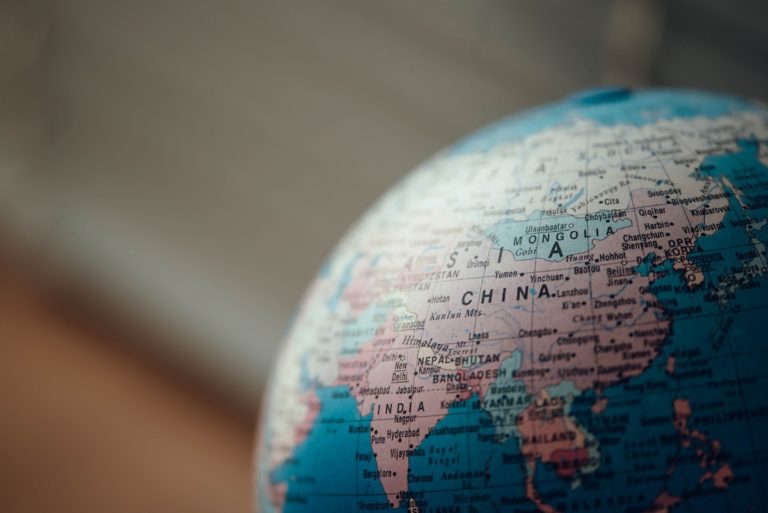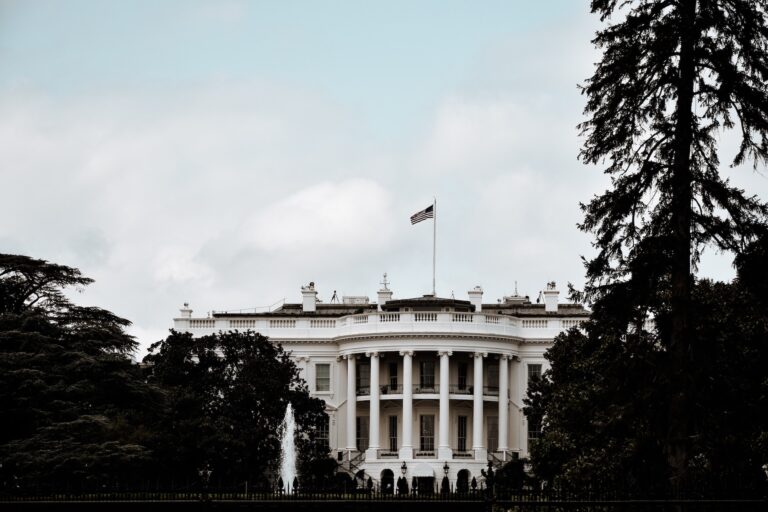
Category Asia Pacific

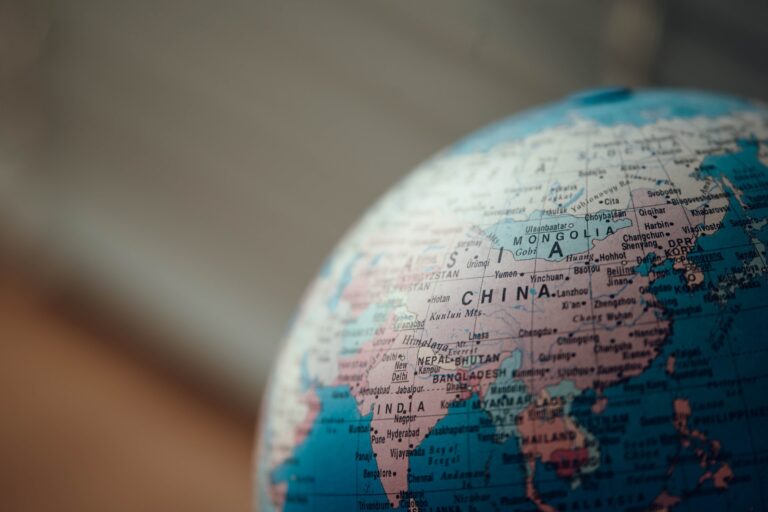
How to Weaken the China-Russia Axis: Historical Lessons from Great-Power Competition

South Korea’s Impending China and Japan Policy: Two Messages to the Yoon Administration

Clash of the Chips: A Comparison of US-China Semiconductor Production Capacities
Introduction The 2021 National Security Commission on Artificial Intelligence identified artificial intelligence (AI) as an inspiring technology, one that will be the most powerful tool for future generations towards benefiting humanity.[1] It also recognized that AI-enhanced capabilities will serve as…

Europe’s Borderlands and China’s Challenge: Why War in Ukraine Matters

Review: Sugata Bose and Ayesha Jalal (Eds.) Kashmir and the Future of South Asia
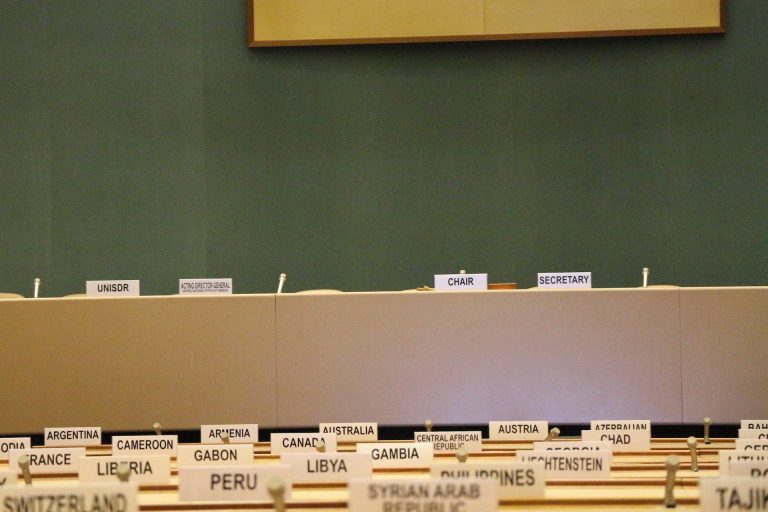
Towards an ASEAN Model for Cooperation in Central Asia
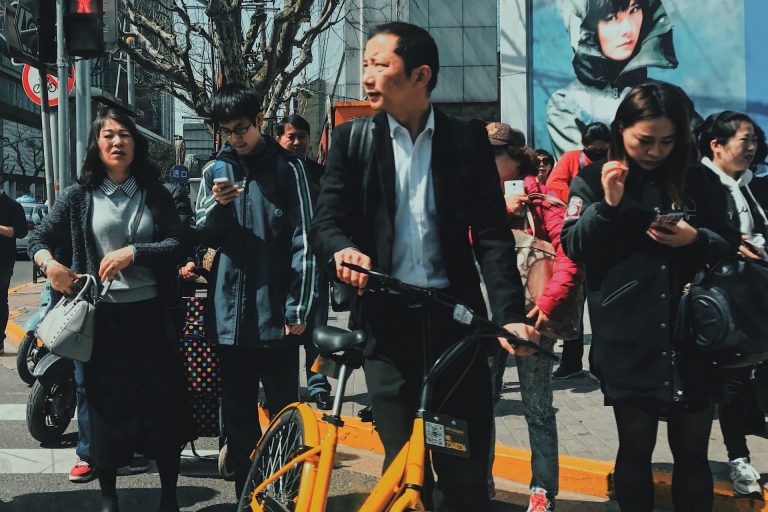
On Its Pivotal Turning Point: The Prospect of Global Governance Forged by Chinese AI under the Rule of Law
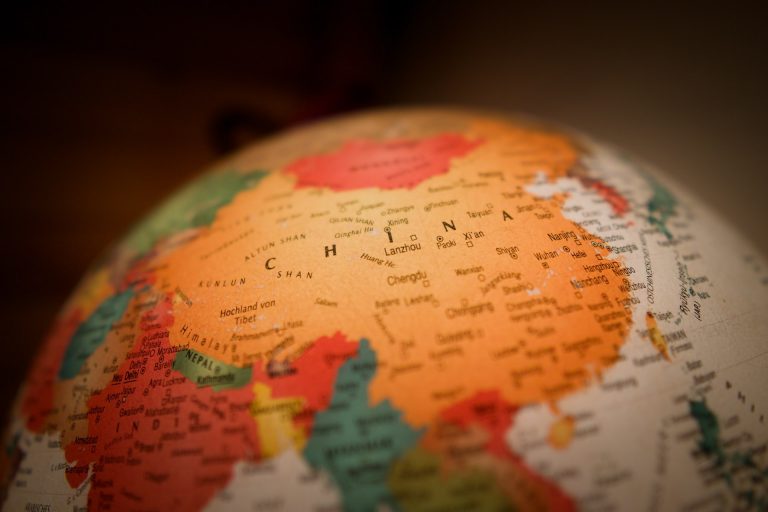
The United States Needs India and Taiwan to Counterbalance China: Will the “Milk Tea Alliance” Work?

Dapiran Observes a City on the Edge
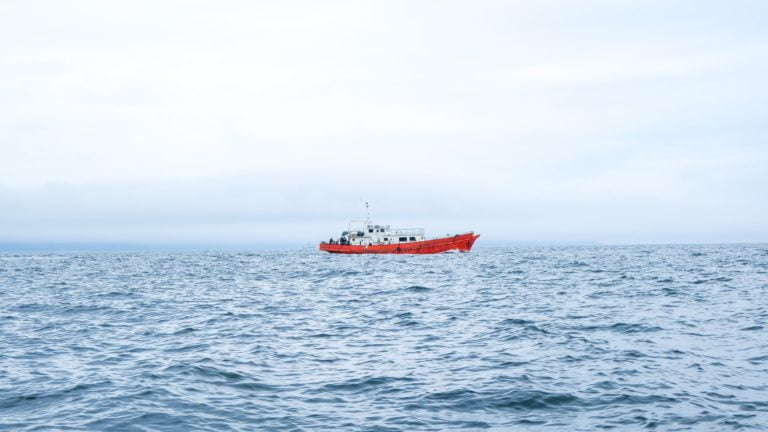
The Future Arenas of Great Power Competition
